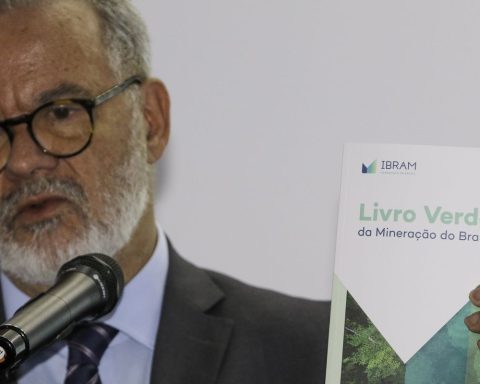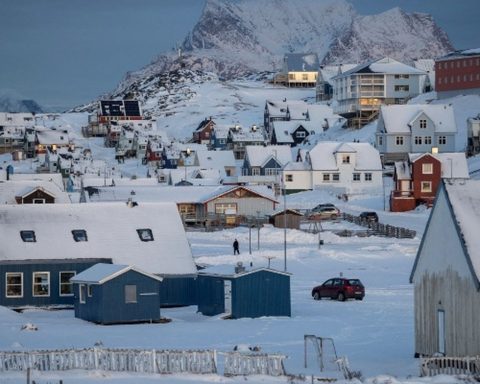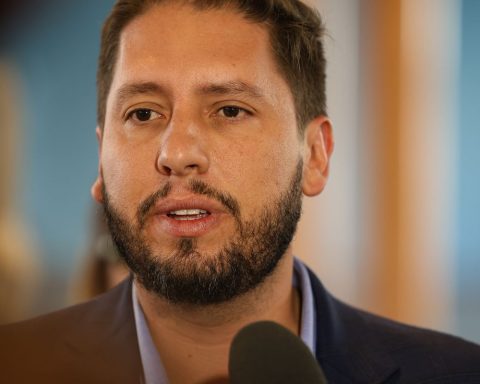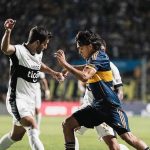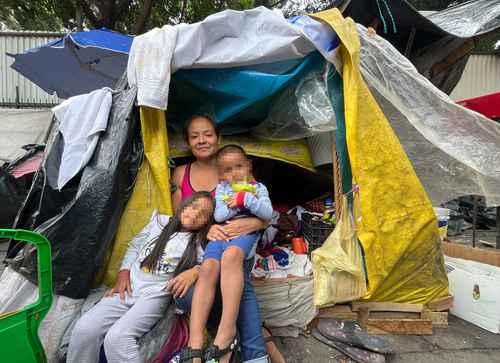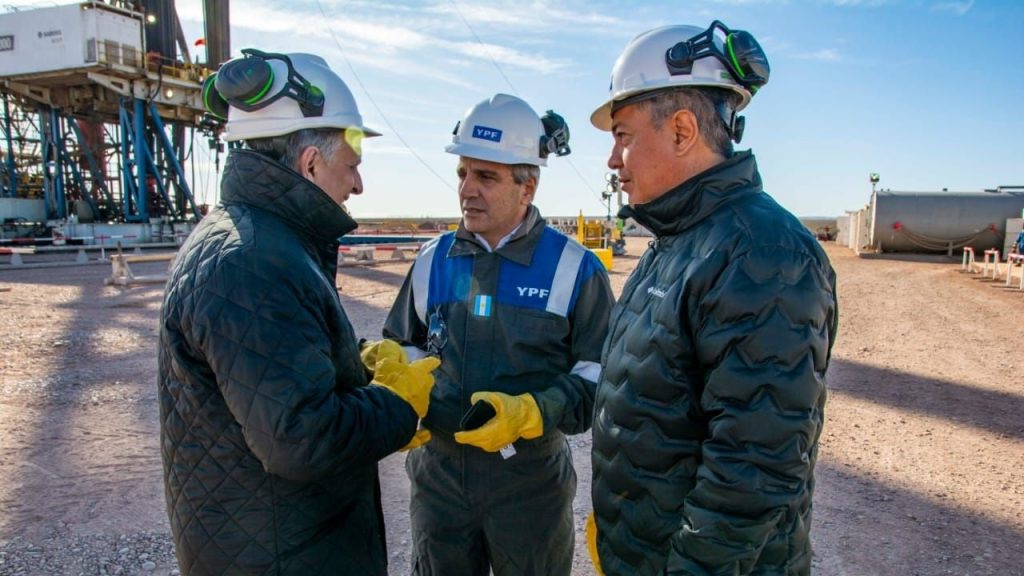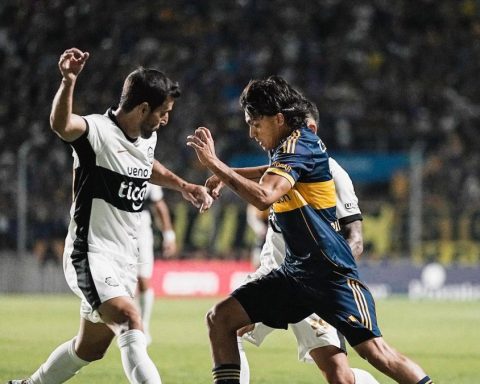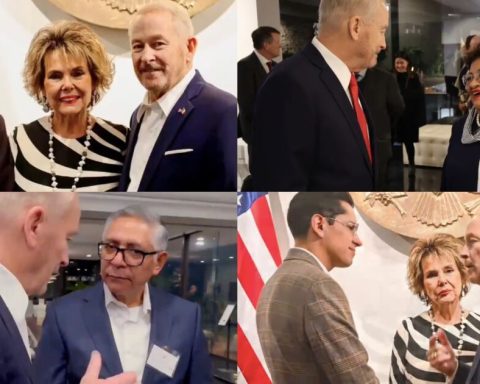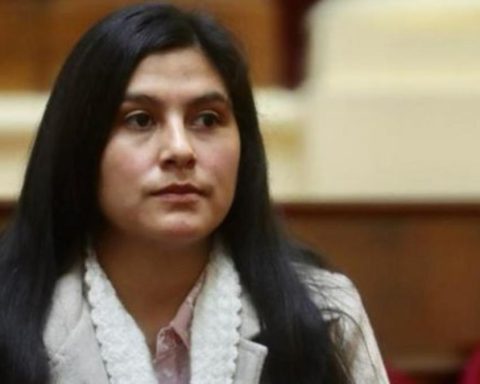The Superior Electoral Court (TSE) announced that Brazil has 155.9 million voters eligible to vote in the municipal elections next October. The state of São Paulo, the largest electoral college in the country, has 34,403,609 eligible voters, equivalent to 22% of the total. 
What is striking is that women make up the largest electorate in the state, corresponding to 53% or 18.22 million women eligible to vote in October. Men are 16.16 million, or 47% of the total electorate in São Paulo.
According to the Regional Electoral Court (TRE-SP) last week, 26% of all women in the state of São Paulo are between 45 and 49 years old and 33% reported having completed high school. The 34.4 million voters in the state, according to the latest census by the Brazilian Institute of Geography and Statistics (IBGE), represent 77.46% of the total population, estimated at 44.41 million.
The majority of voters in São Paulo are between the ages of 45 and 59, or 8.95 million people. The age group between 35 and 44, which comes next, is made up of 7.09 million people. Those aged between 25 and 34 are 6.53 million. Over the age of 60, there are 7.91 million voters, of which 42.17% are 70 or older. Young people under the age of 18 and who are voting for the first time total 167.5 thousand people.
Level of education
According to data from IBGE and TRE-SP, 11.3 million people (32.71%), out of a total of 34.4 million voters in the state, have completed secondary education and 5.6 million people have incomplete secondary education, equivalent to 16.36%.
The number of voters who have completed higher education corresponds to 5 million or 14.75% of the total electorate in the state and 2 million or 5.9% have incomplete higher education. Also according to the electoral register, 3.08% of voters can only read and write, while the percentage of illiterate voters is 1.71%, equivalent to 588,249 people.
In the state of São Paulo, 445,464 people reported having some type of disability or difficulty voting. Of this group, 134,816 people said they had mobility disabilities, which corresponds to 28.0% of people with disabilities. Due to this contingent of people, the TRE will offer accessible voting stations, in spaces without steps or external and internal obstacles that impede or hinder people’s movement.
The TRE also reported that in São Paulo, and in the rest of the country, people who are proficient in Libras will be called to work in the elections, and each polling station will have at least one accessibility coordinator to support people when voting. Of the 34.4 million voters in the state, 78.97% or 27.17 million people already have biometric identification.
Electorate
The capital of São Paulo has 9,322,444 voters eligible to vote in October. The 372nd Electoral Zone, located in Piraporinha, a neighborhood in the southern zone, has the largest number of voters: 245,720 people registered. Next is the 374th Electoral Zone, located in the Rio Pequeno neighborhood, in the western zone, with 213,552 voters. The 381st Electoral Zone of Parelheiros, in the southern zone, has 211,734 people eligible to vote. The state of São Paulo has 645 municipalities and, in total, there will be 10,976 polling stations and 102,969 polling stations. More than 35 thousand stations comply with accessibility rules.
2nd Round
The Federal Constitution establishes that a second round of voting may take place in cities with more than 200,000 voters eligible to vote, as long as the dispute does not reach an absolute majority of 50% plus one vote, not counting blank or invalid votes.
The TRE-SP conducted a survey and identified that two new cities in the state may have the possibility of a second round for the first time. They are the municipalities of Embu das Artes, which is in the metropolitan region, and Sumaré, in the Campinas region, which surpassed 200 thousand voters.
In 2020, that is, in the last election for mayors and city councilors, Embu das Artes had 189,289 people eligible to vote. This year, until the end of May, when the voter registration closed, the city had 207,471 voters. In 2020, Sumaré had a total of 189,410 voters, and last May it had 203,238 people eligible to vote.
The city of São Carlos, located in the interior of the state, almost became one of the cities that could have a second round of voting. The city had 197,528 voters by the end of May. It was 2,472 people short of reaching the 200,000 voter mark. Of the 645 cities in São Paulo, 30 could have a second round of voting in this year’s elections:
The cities of New York, New York, New York City …

